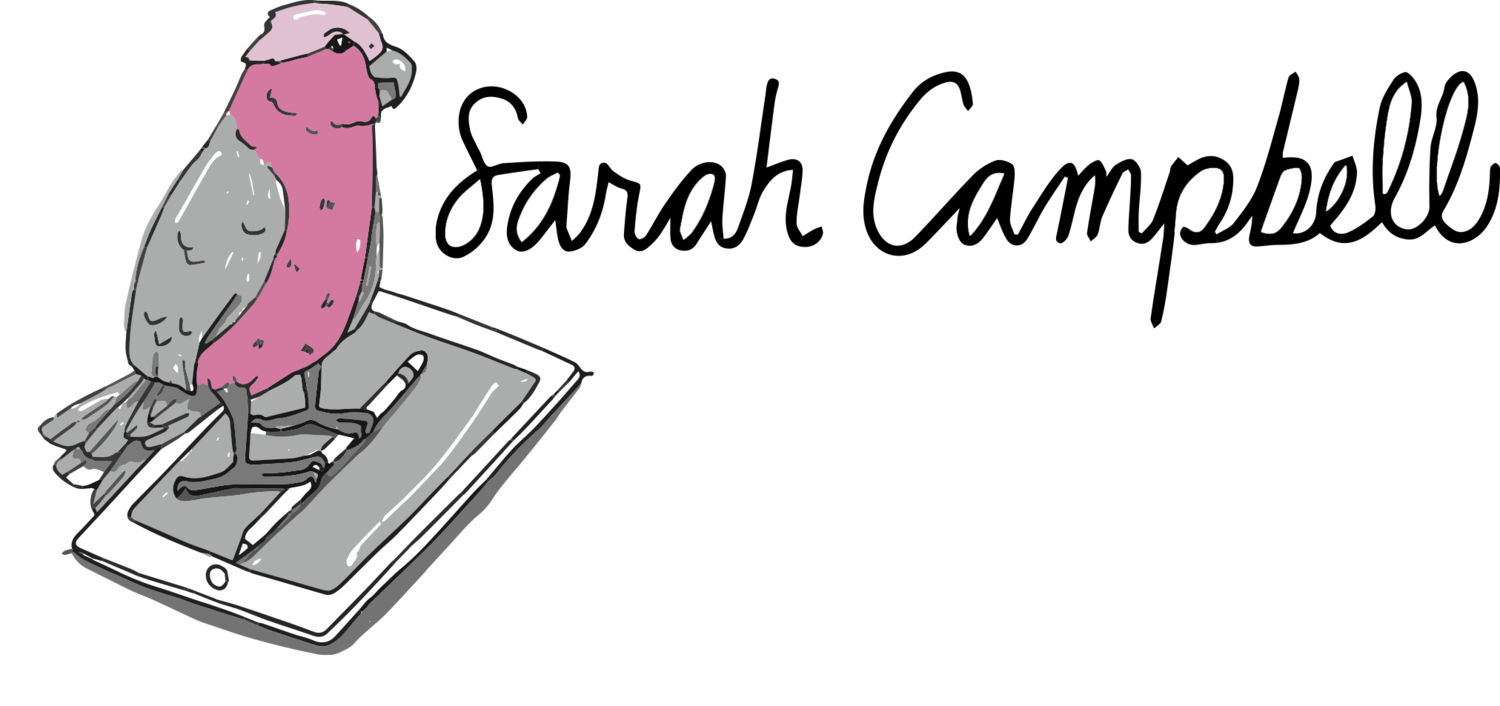Colour & Emotions
“Instead of trying to reproduce exactly what i see before me, I make more arbitrary use of colour to express myself more forcefully” -Van Gogh
Olive Trees by Vincent Van Gogh
Evolutionarily speaking, our brains are wired to pay attention to contrasting colours - after all, it helped our ancestors find food and notice danger, and in the animal kingdom, bright colours serve important reproduction and protection functions.
From Archie's Road To Freedom illustrated by Sarah Campbell
While perceptions of colours may be subjective and the research is divided on whether our brain innately connects colours with particular feelings, or whether it’s learned, there are colours that have universal meaning and seem to trigger particular emotions.
Ignite by Sarah Campbell
Warm colours generally arouse higher emotions such as love, passion and anger. They tend to activate survival mode, even having the ability to activate the nervous system, increasing heart rate and the amount of adrenalin circulating through the blood stream.
Blue by Sarah Campbell
Smoke haze by Sarah Campbell
Cool colours generally have the opposite effect, hence why surgeons wear blue. Cool colours arouse calm, sadness and indifference while also enhancing creativity. Fascinatingly, all those calm emotions can even mean that installing blue coloured lights in train stations and streets can decrease crime! Conversely, one study found that red in a logo can cause employees to work harder and if a sports team is wearing red jerseys, they’ve got a better chance of winning against blue teams.
Abstract by Sarah Campbell
Colours and their emotional associations are largely culturally based and therefore vary quite a lot. For example in english you are ‘green with envy’ but in German it is yellow. Even within cultures each colour can have vastly different associations.
Some common colour associations are:
Illustrations By Sarah CampbellPurple being a mix of blue and red, provides a nice balance between stimulation and serenity that is supposed to encourage creativity and get brain synapses firing. Light purple is said to result in a peaceful surrounding, thus relieving tension.
Red: Red has been associated with sacrifice, danger and courage and also passion and romance. The majority of cells responsible for colour vision are geared to respond to the colour red. Therefore, red attracts our attention and we respond to a red cue faster. Hence why it’s used for stop signs!
Green: The colour of mother earth, the dominant colour in nature. It is associated with renewal, energy, growth, harmony, freshness, safety, fertility and also, money, finances, banking, ambition, greed, jealousy, and wall street
Yellow: Like most colours, yellow has some conflicting associations. It can represent freshness, happiness, optimism, enlightment, honor and joy but it can also represnt deceit, cowardice, low quality cheap products, sickness, caution and jealousy.
An example of an art therapy exercise exploring colours and emotions
Colour therapy, also known as chromotherapy, is a form of therapy that uses colour and light to treat certain mental and physical health conditions. We can trace this form of therapy back to the ancient Egyptians. They made use of sun-filled rooms with coloured glasses for therapeutic purposes.











